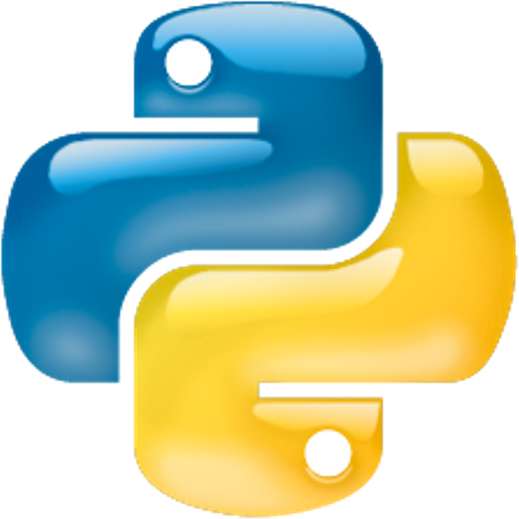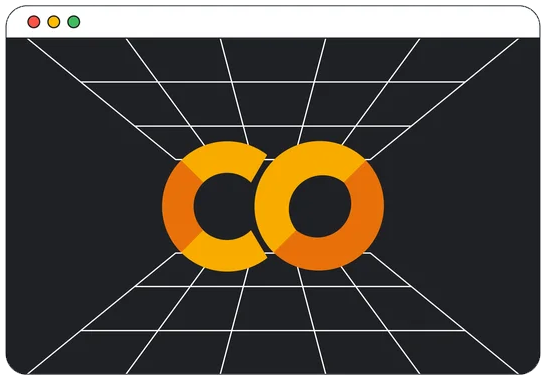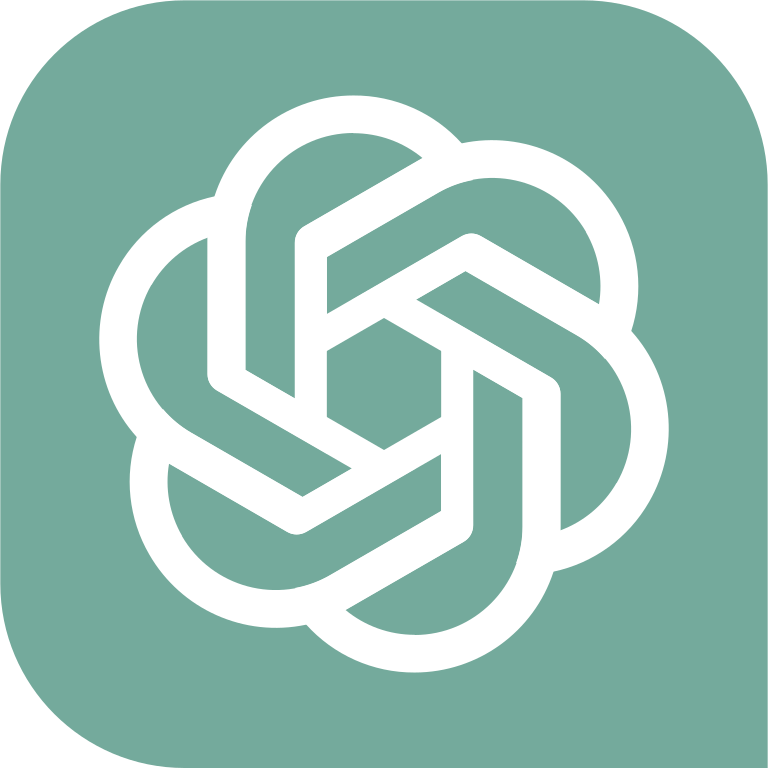Table of Contents » Chapter 5 : Disciplines : Information Systems
Information Systems
Overview
The relationship between the field of Information Systems (IS) and Python programming is deeply intertwined, given that Python is a cornerstone language in many facets of IS development and management. Python's readability, scalability, and versatility make it an ideal language for developing various components of information systems, including databases, web servers, and user interfaces. Data analysis libraries such as pandas and NumPy facilitate handling and processing large datasets common in IS, while libraries like SQLAlchemy make it easier to interact with databases. Python's various web frameworks, like Django and Flask, enable the development of robust and efficient web-based applications. For security analysis, which is a critical aspect of information systems, Python offers libraries such as PyCrypto and Scapy. Furthermore, Python’s machine learning libraries, like scikit-learn and TensorFlow, provide tools to implement AI capabilities in information systems, which can lead to more intelligent, efficient, and user-friendly systems. Consequently, Python programming is essential in the IS field, enabling professionals to design, implement, manage, and enhance efficient information systems.
- Database Management: Python can be used to interact with a variety of databases, perform SQL queries, and manipulate data. Libraries such as SQLAlchemy and psycopg2 are frequently used.
- Web Development: Python, along with frameworks like Django and Flask, is often used for server-side web development, building robust, scalable, and secure web applications.
- Systems Analysis and Design: Python is used to model system requirements, simulate system behaviors, and design system architectures.
- Data Analysis and Visualization: Python is used to analyze, process, and visualize data, particularly in Business Intelligence and Analytics. Libraries like pandas, NumPy, matplotlib, and seaborn are commonly used.
- Cybersecurity: Python is used to perform security audits, develop security tools, and analyze system logs for security threats. Libraries like PyCrypto and Scapy are often used.
- Artificial Intelligence in IS: Python is widely used in developing AI components for information systems, such as recommendation systems, intelligent search, and natural language processing functionalities. Libraries like scikit-learn, TensorFlow, and NLTK are often used.
- Network Management: Python can be used to automate network configuration, perform network analysis, and monitor network performance.
- Enterprise Resource Planning (ERP) Systems: Python can be used for customizing, integrating, and analyzing data from ERP systems.



